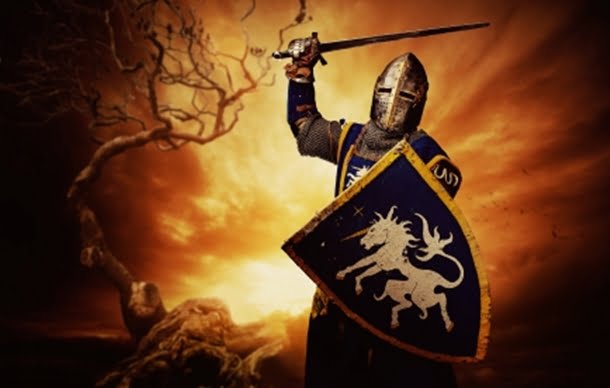Is chivalry dead? After all, it is firstly defined as a medieval knightly system with its religious, moral, and social code, and a man’s courteous behaviour, especially towards women second.
How does a young man learn to be chivalrous? Mothers and fathers don’t always pass on the importance of treating women in this way, and now that some women are beginning to see chivalry as sexist because they see the behaviour as gender-based, it can be hard for a young man to navigate between what is acceptable and what isn’t.
There are no hard and fast rules, but I can say with confidence that the majority of older women see chivalry as good manners and appreciate the extra effort.
What are examples of chivalry? Holding a door open for a woman and following behind her. Giving her your coat when it’s cold outside. Small gifts for no occasion. Holding hands. Calling her when you say you will. Keeping promises. It’s all about respect.
Feminists might say acts of chivalry are a way a man takes charge and puts himself in control, that by exhibiting this behaviour he expects something in return.
When a man helps me put on my cardigan or opens a door, I don’t see it as a display of dominance, I just see him as being polite and thoughtful. I don’t help guys on with their coats, but I do hold doors open for those around me, and not just for men.
If a man does have ulterior motives for his ‘courteous behaviour’, I think it is usually transparent and evident by other deciding factors such as location, demeanor, and mannerism. I don’t need a man to do anything chivalrous; I’m a strong, able, confident older woman, but I am attracted to a man who acts like a gentleman.
I say to men: keep chivalry alive! If you run into a woman who is offended by it, well . . . she isn’t the right one for you.
Is chivalry part of your demeanor? Does it help you when dating older women?

Tell us what you think